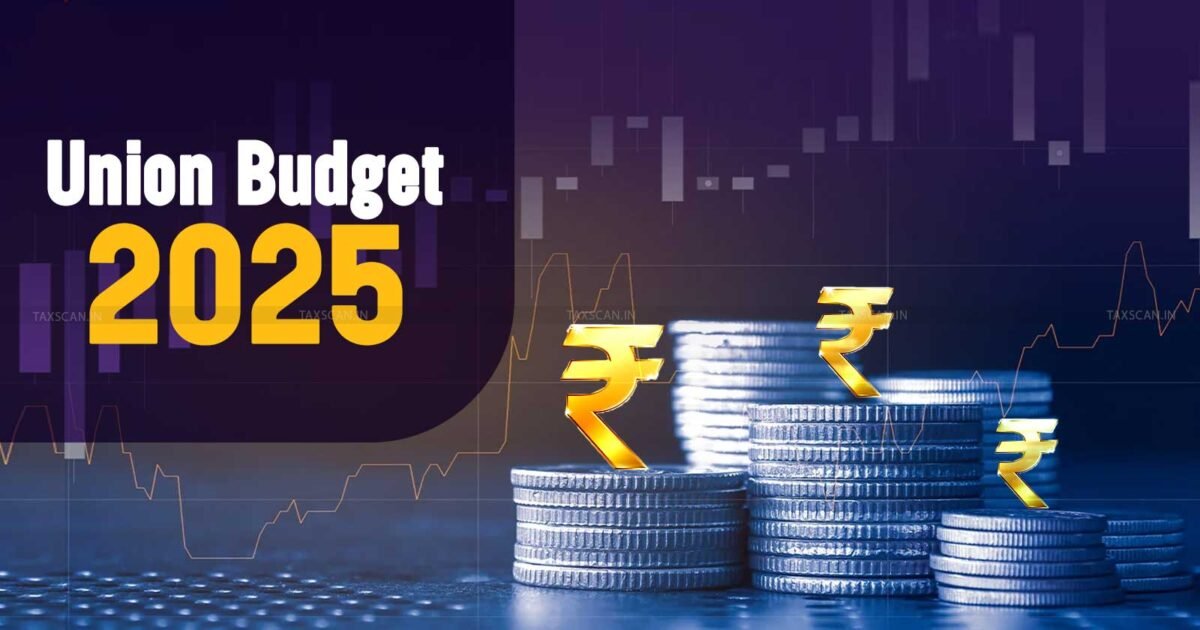Budget 25 create new opportunities for farmers, youth, women, and agri-entrepreneurs: Syngenta India
The Union Budget 2025 reaffirms the government’s intention and commitment to revitalizing rural India and addressing the urban-rural divide. This Budget reflects a clear intent to create new opportunities for farmers, youth, women, and agri-entrepreneurs, ensuring inclusive growth across the agricultural sector
By focusing on infrastructure, innovation, and self-sufficiency, the Budget presents a transformational roadmap for India’s rural economy. The launch of PM Dhan Dhanya Krishi Yojana will enhance crop diversification, irrigation, storage facilities, and credit access. Additionally, targeted interventions like the six-year self-reliance mission for pulses and oilseeds will reduce import dependency, while investments in fruit and vegetable production align with evolving dietary patterns, securing better incomes for farmers. The National Mission on High-Yielding Seeds and Cotton Productivity Mission will further accelerate research and innovation, reinforcing India’s leadership in sustainable agriculture. Prime Minister Narendra Modi and Finance Minister Nirmala Sitharaman deserve recognition for their visionary approach, ensuring that agriculture remains the backbone of India’s economy while creating new avenues for rural prosperity and national growth.
“I find it encouraging that the Budget will likely benefit a large segment of our youth population of 345 million, especially those in the rural areas. It is evident that by fostering agri-entrepreneurship, skill development, and technology adoption, the government is leveraging India’s demographic dividend, ensuring that the next generation plays an important role in shaping the future of agriculture. Hopefully, this can help rural youth to be more engaged in agricultural activities and balance the rural-urban divide”, said Susheel Kumar, MD & Country Head, Syngenta India Pvt Ltd.
A significant highlight is the PM Dhan Dhanya Krishi Yojana, which focuses on 100 low-productivity districts, just like the Aspirational Districts Programme. The need of the hour is crop diversification, better storage facilities at the Panchayat level, improved irrigation, and access to credit, ensuring that there is uniform agriculture growth across the country making farming a more sustainable and profitable venture. The six-year self-reliance mission for pulses and oilseeds, focusing on tur, urad, and masoor, will not only further reduce import dependency but also ensure that farmers get stable prices through structured procurement agreements with NAFED and NCCF. Focus on vegetables cluster will allow farmers the flexibility to go for different options. The agrochemical industry which plays a critical role in protecting crops from pests and diseases was looking forward to some long-standing demands in GST rationalization, enhancing of weighted deduction to 200 per cent and extending Production Linked Incentive (PLI) scheme to agrochemicals sector that have not been announced. The Jan Vishwas Bill 2.0 which aims to decriminalize more than 100 provisions in various laws, promoting a more trust-based and people-friendly governance framework is welcome, and we hope this reform will be extended to the crop protection industry as well.
“Reflecting the Mahakumbh, the Union Budget 2025 is a well- structured set of opportunities for Indian agriculture, laying out a practical, holistic, forward-looking, and revitalizing roadmap that strengthens farmers, improves productivity, and drives self-sufficiency. Prime Minister Narendra Modi and Finance Minister Nirmala Sitharaman have ensured that agriculture remains the first engine of growth, unveiling initiatives addressing not only the gaps but also tapping the opportunities to uplift rural India. I especially welcome the National Mission on High-Yielding Seeds and the Cotton Productivity Mission, which will help in strengthening research in climate-resilient and pest-resistant seeds, driving long-term innovation. We are hoping the private sector will play a vital role in this as it has scaled up its R&D capabilities and look forward to working with government more proactively to be able to script a strengthened agriculture ecosystem. This Budget has the potential to be a game-changer, ensuring that farmers, agribusinesses, and rural communities thrive together in a rapidly evolving agricultural landscape”, said Dr KC Ravi, Chief Sustainability Officer, Syngenta India.
The Union Budget 2025 reaffirms the government’s



